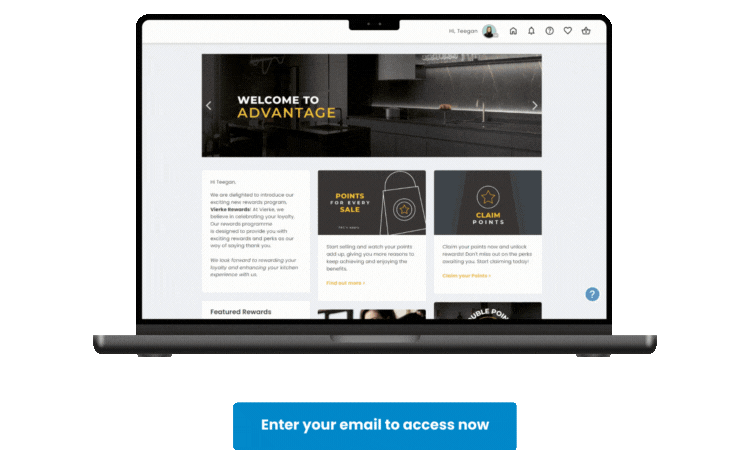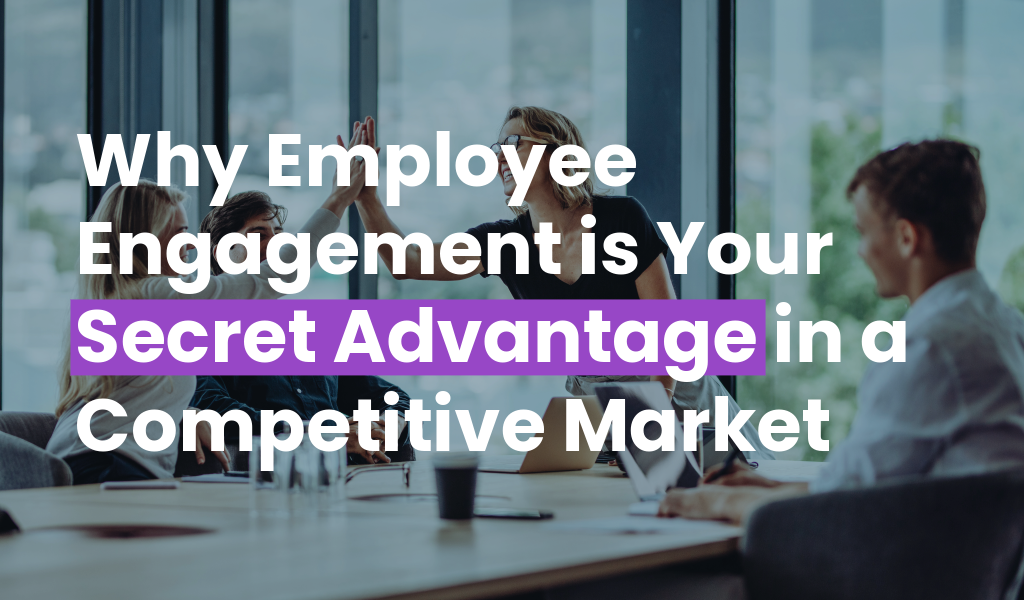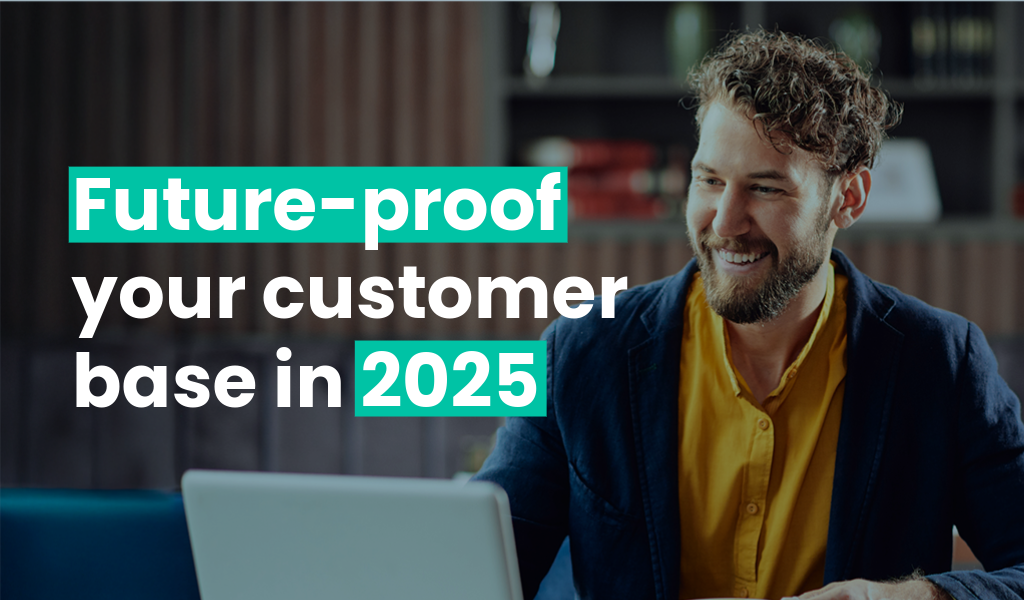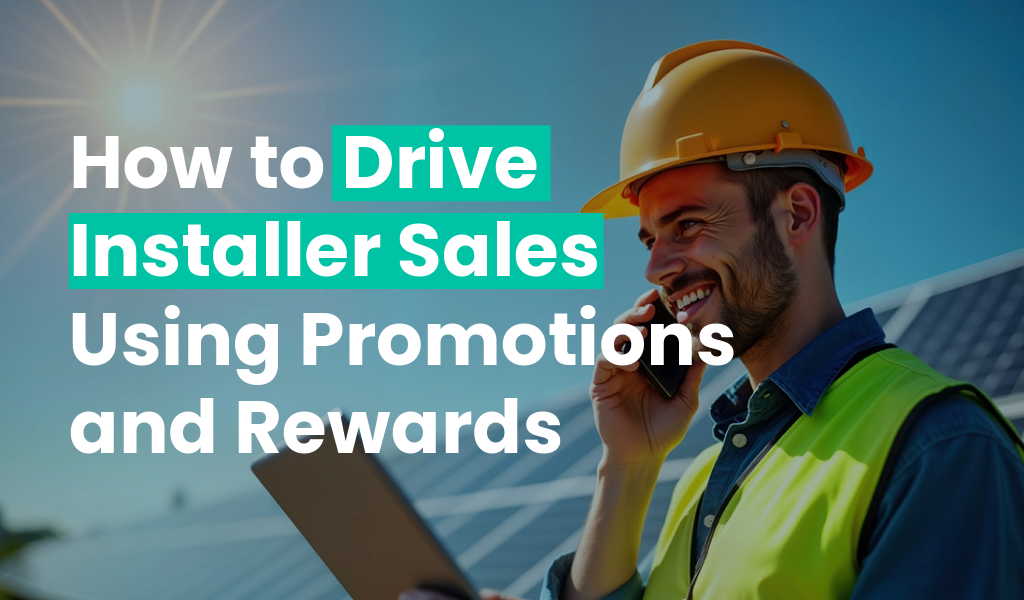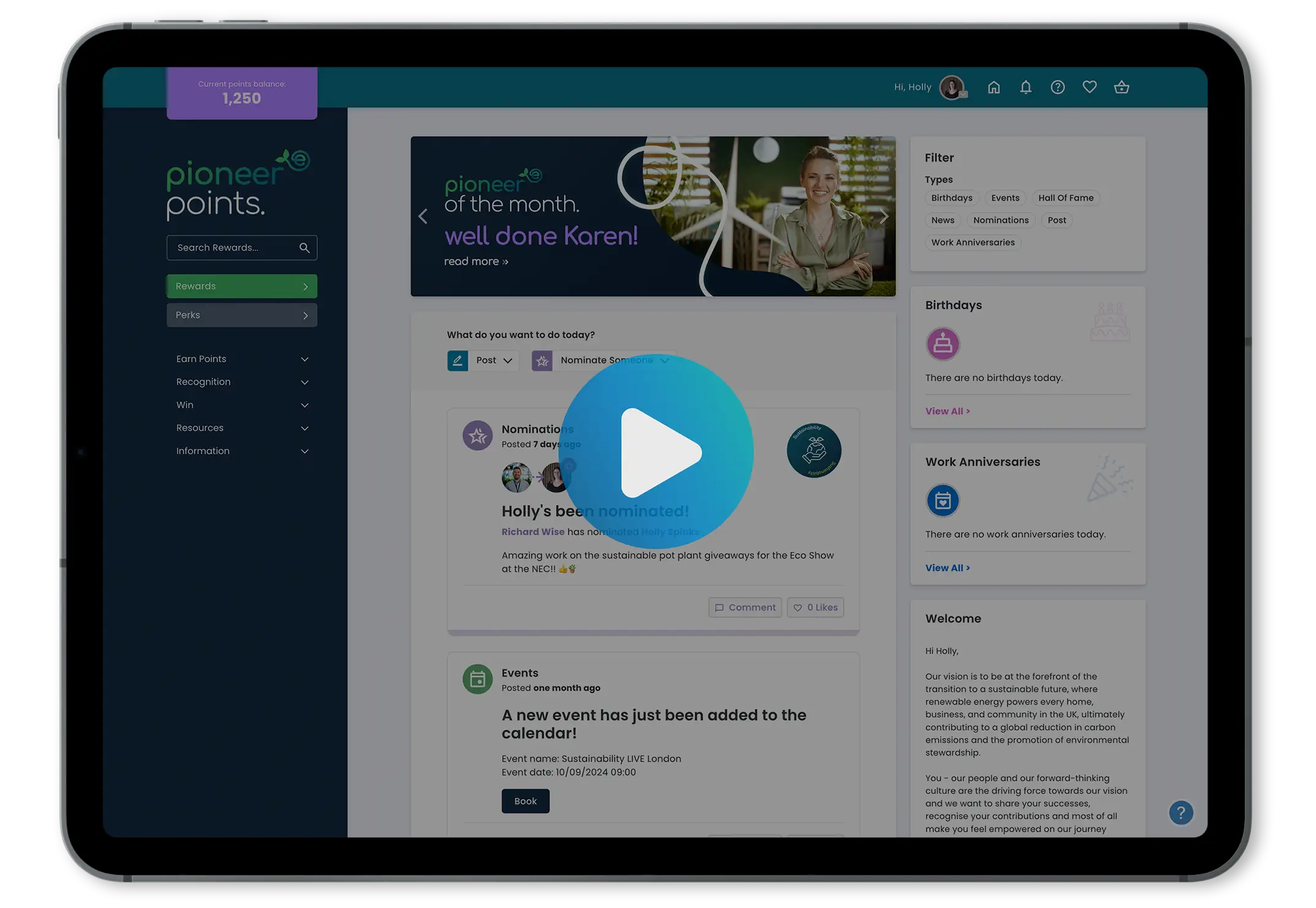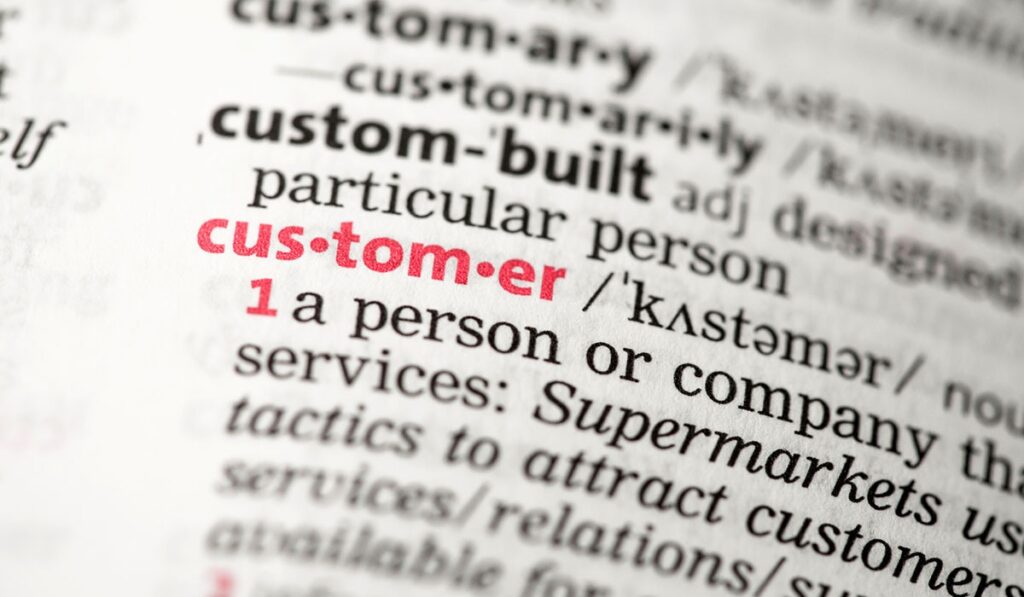


How do you define customer loyalty? 🤔
What does retention mean? 😕
What exactly is a points-based programme? 🥴
We’ve put together a glossary of customer loyalty terms to answer these questions, explain many other terms, help you educate others and increase customer loyalty in your business.
A
Acquisition: The process of converting prospects and bringing in (acquiring!) new customers to the business. The cost of acquiring a new customer is referred to as customer acquisition cost (or CAC). Did you know that it costs five times more to acquire a new customer than it does to retain an existing one?
API: Stands for “Application Programming Interface” and is a connection between systems so they can talk to one another. This means you are able to have one source of truth and fewer manual processes as data can be synced automatically. For example, connecting your customer loyalty programme with your ordering system so points are automatically added to your customers profile when they make a purchase.
Attrition Rate: Also known as “churn rate” and is the loss of customers by a business. It is measured over a given time period by dividing the number of customers from the beginning by the number of customers at the end and then multiply by 100. For example, if your business has 250 customers at the beginning of the month and by the end of the month you’ve lost 10 customers, you would divide 10 by 250. The answer is 0.04. You then multiply this by 100 to get a 4% monthly attrition / churn rate.
B
B2B Customer Loyalty: Just like business-to-consumer organisations, business-to-business organisations need to keep their business customers loyal too. For example, if you have a distribution network that sell your products on your behalf, you’ll want to ensure they are loyal to your brand and choose your brand over competitor products. A B2B customer loyalty programme will help you to increase loyalty and engagement from your business customers as you recognise and reward desired behaviours.
Brand Engagement: The process of building and sustaining an emotional connection and attachment to a brand from it’s customers. Brand engagement has a positive influence on purchase intentions and loyalty.
Brand Advocate: An individual , such as a customer, who represents a brand in a positive light. They constantly shout about the brand from the rooftops and recommend them to family and friends.
C
Channel Loyalty: Similar to B2B customer loyalty, channel loyalty is all about building strong relationships with your channel partners and encouraging them to choose your brand over competitors.
Churn: Same as attrition rate, customer churn is the percentage of customers that stopped using your company’s product or service during a certain time frame.
Cult Loyalty: A type of loyalty whereby customers shout about your brand to others and are rarely disloyal. They are true brand advocates. They live and breathe your brand, have a strong emotional connection and typically share your values.
Customer Engagement: The emotional commitment and connection customers have to an organisation. Customer engagement monitors the relationship between the customer and the business and how regularly the customer engages with the brand.
Customer Experience: All the interactions a customer has with a business throughout the entire relationship, even if it doesn’t result in a purchase.
Customer Lifetime Value (CLV): The total income a business can expect from a typical customer throughout the business relationship. To work out the CLV you need to calculate the average customer value multiplied by the average customer lifespan. Find out how to determine these values here.
Customer Retention: A company’s ability to retain its existing customers. It’s the process of engaging them and encouraging them to continue purchasing your products or services. To calculate your customer retention rate, you take how many customers you have at the end of a specified period. You then minus the number of new customers acquired within that same time period. Next, divide this sum by the number of customers at the beginning of the period and multiply by 100. For example:
- 100 customers at the end of the period – 10 new customer acquired over the period = 90.
- 90 / 100 = 0.9
- 0.9 * 100 = 90% customer retention rate.
Customer Satisfaction: The overall happiness and contentment a customer feels when interacting with a business, its products or services.
Customer Service: Customer service is one piece of the customer experience puzzle. It is the service and assistance that the business employees and representatives deliver to the customers. Remember, this can include your distribution partners too.
D
Dealer Loyalty: Similar to channel loyalty, it is all about the relationship you have with your dealers and how loyal and committed they are to your brand. You can encourage dealer loyalty by incentivising desired behaviour such as repeat purchases, and engaging them with your brand over time.
Discounts: A deduction (usually a percentage) from the cost of something. There are many dangers of discounting your price, such as repositioning or degrading your brand’s value. Check out our 7 dangers of discounting blog.
Distribution Network: A chain of businesses or intermediaries through which goods or services pass until it reaches the consumer.
Dopamine: Also known as the “reward hormone”, it’s released when we are rewarded or achieve something. It motivates us to work towards new goals and provides a highly addictive feeling of achievement. Read more about the brain chemicals here.
E
Email Open Rate: The percentage of individuals who open a specific email out of the total number of people you sent the email to. For example, if you send an email to 10 people and 3 people open it, your email open rate is 30%. Check out average email rates for each industry here.
Email Click-Through Rate: The percentage of individuals who click a link in your email out of the total number of people who opened the email. For example, if 30 people opened your email and 8 people clicked it, your click-through rate would be 27%.
I
Incentive Programme: A programme which incentivises and encourages users to perform certain behaviours, such as buy more products or hit sales targets. Individuals are rewarded for completing this behaviour, motivating them to continue doing it.
Inertia Loyalty: A type of loyalty whereby customers are loyal because there is a barrier to exit. They don’t know an alternative, or the price and service are adequate. They are transactional and passive.
L
Loyalty Software: Exactly what we do! We offer you the platform to create a unique loyalty programme for your customers. The platform can be used to promote your products, communicate regularly with your customers and recognise and reward them for desired behaviours.
Liability (in a loyalty programme): The total amount of points on a points-based loyalty programme that have been awarded but have not yet been redeemed. See redemption.
M
Mercenary Loyalty: A type of customer loyalty whereby people are loyal because of something they get in return. They are offered rewards but are susceptible to jumping to a competitor if their reward is better. These customers can be detrimental to your profits as you strive to out-reward your competitors. They are active but still transactional.
Motivation: A person’s level of effort and determination to want to be successful toward a goal. People are motivated differently, therefore motivating customers can be a challenge as it’s unique to each individual.
N
Non-Cash Reward: Something more personal and meaningful than a lump of cash. This could be an experience day, a gadget, jewellery, a book. Anything that you would give to someone to say “thanks.” Find out why offering non-cash rewards is more motivating and more likely to achieve desired behaviours in our blog.
O
Oxytocin: Also known as the “relationship or love hormone”, Oxytocin is what we use for social bonding and building strong, lasting relationships. Regular reward and recognition, showing people empathy, compassion and that you genuinely care about your customers and value their business will keep the oxytocin flowing. Here at Incentivesmart, we believe in the power of oxytocin so much, it even makes up part of our logo!
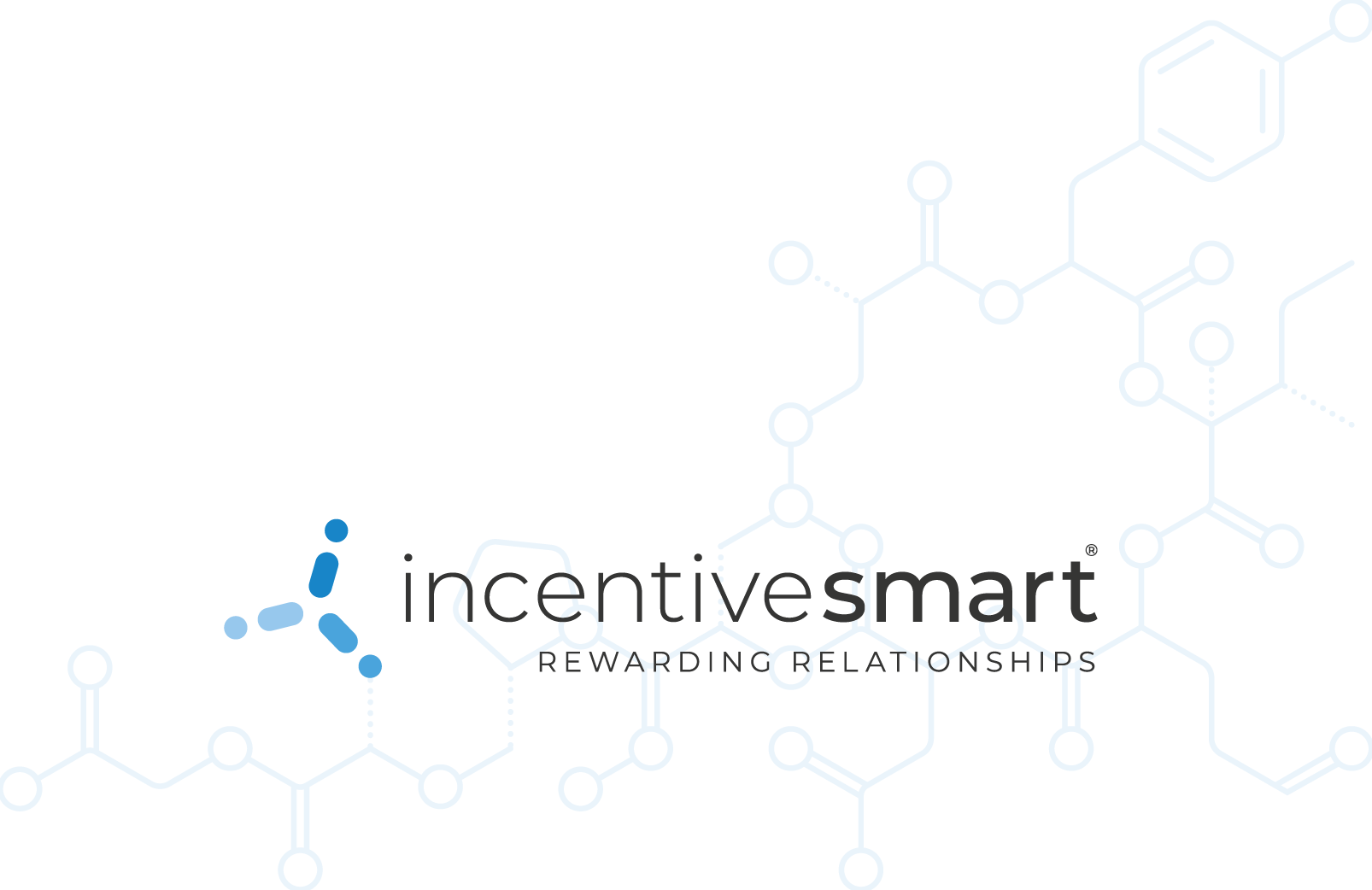
P
Points-Based Programme: Users can earn points for their loyalty toward a business and these points can be exchanged for a reward. Our points-based platform allows users to redeem their points in an ever-growing catalogue, with something suitable for everyone. From kids toys to holidays and the latest tech to perfumes and aftershaves, plus much more!
Point Expiration: Some businesses may wish to set a specific date that users have to redeem their points by. This prevents points continuing to build up and the business being hit with a large expense when the user decides to redeem them all at once. Remember to make your expiration realistic, to give your users a chance of building a meaningful points value to redeem against a reward they want.
R
Redemption: When a user on a reward and recognition programme exchanges (redeems) their points for a reward.
Reward Programme: Similar to an incentive programme, it rewards users for completing certain behaviours, such as repeat purchases or showing engagement.
Recognition: Acknowledging when a customer or channel partner does something such as a repeat purchase or completes some form of training. Usually results in giving them a reward for this action.
Referrals: An act of referring someone to a business or service, and sometimes getting a reward in return. For example when a loyal customer recommends your products to a friend, and to say thank you for the new business you give them a reward.
S
Serotonin: This is also known as the ‘wellbeing’ hormone. It stabilises our mood, feelings of well-being, and overall happiness. When this chemical is flowing, it helps with sleeping, eating, and digesting and reduces depression and anxiety. It’s also an essential hormone for engaging your employees and channel partners.
Survey: A survey can be used to collate customer feedback on products, services or their experience. This feedback can help shape the future of your business and make improvements to enhance the customer experience.
T
True loyalty: When people are loyal because there is some level of emotional connection with your business. They are happy with the service, product and reward they receive – however they are passive and wont necessarily shout about your company.
V
Values: The thoughts and statements that a person, society or businesses believes is important to them. They are the principles or standards that influence the way we act.
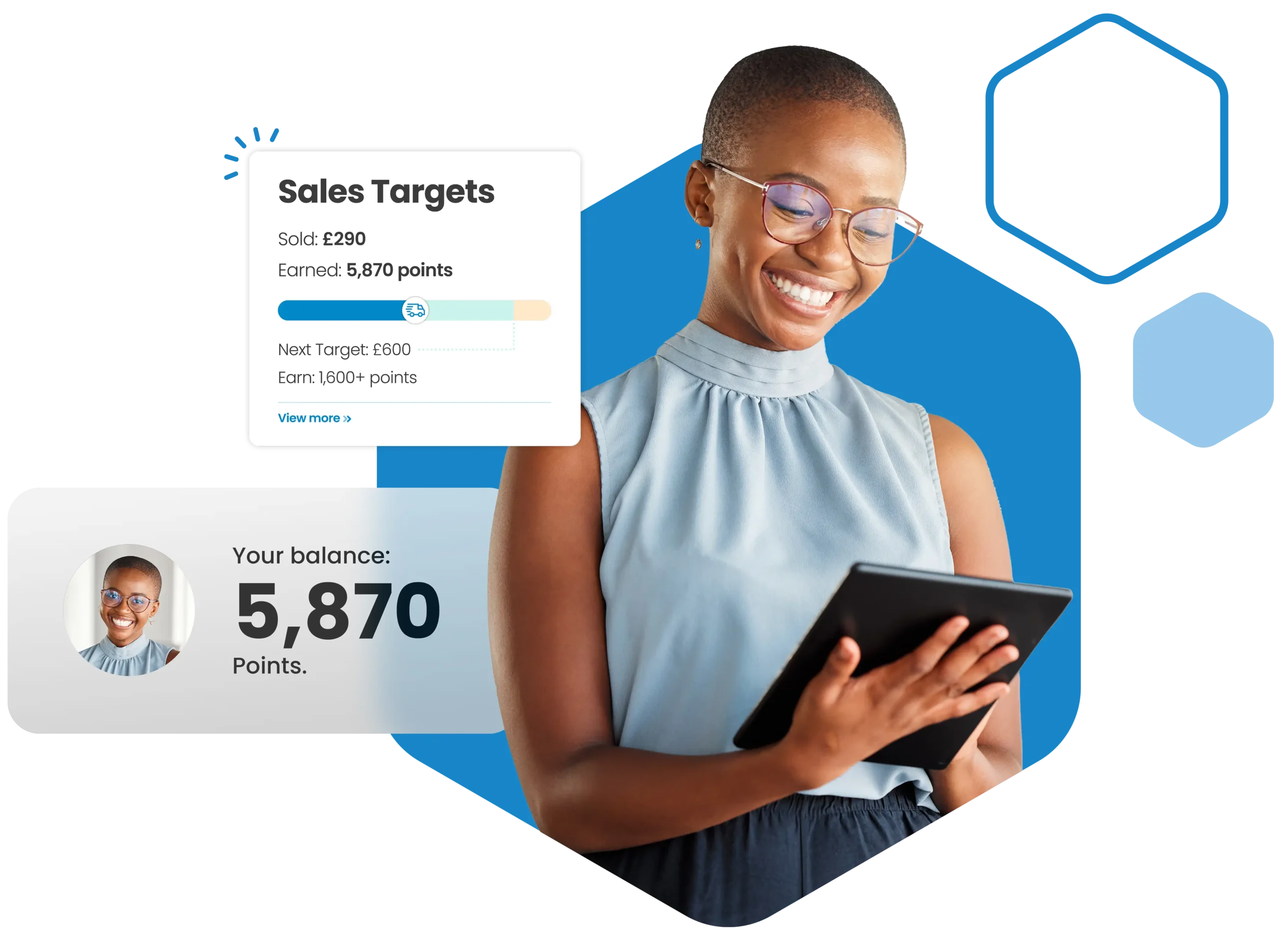
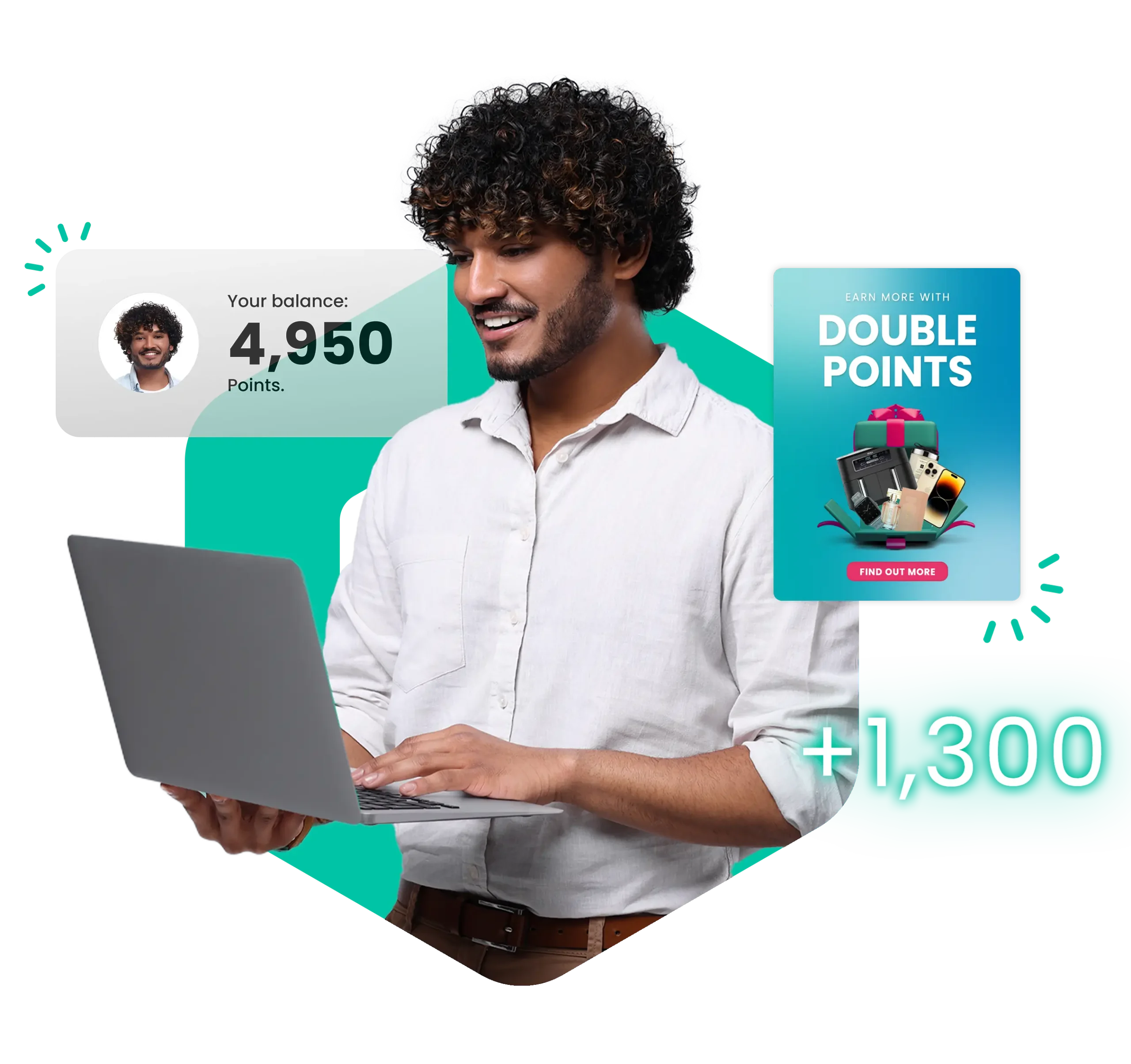
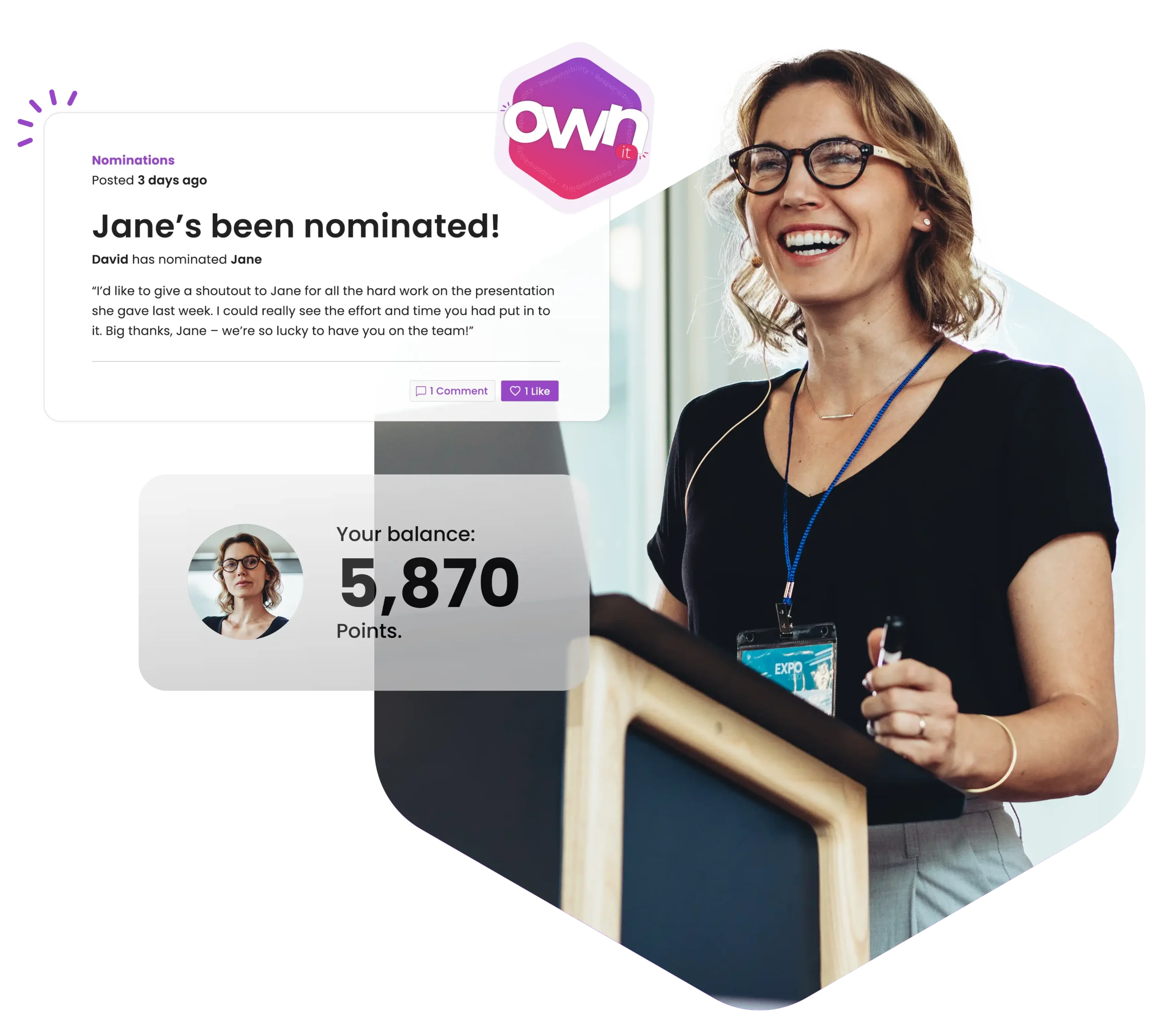
![How to keep customers coming back for more{{ include_custom_fonts({"Poppins":["Semi Bold"]}) }}](https://no-cache.hubspot.com/cta/default/5921162/interactive-188375258646.png)
